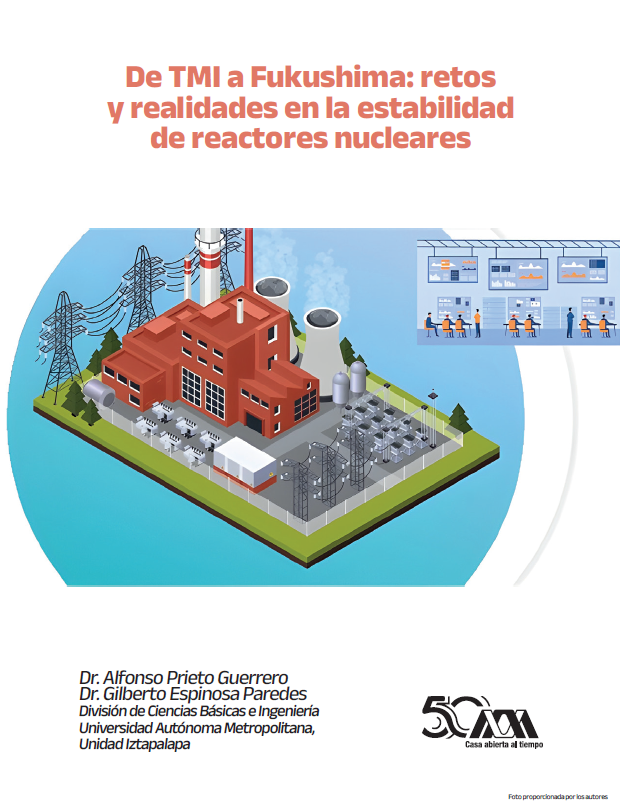De TMI a Fukushima
retos y realidades en la estabilidad de reactores nucleares
Abstract
Today, the demand for more clean electrical energy has increased. One of the solutions is nuclear energy, whose detractors put special emphasis on the safety of nuclear power plants. However, during the last past 50 years, important efforts have been made in order to maintain high levels of security in Boiling Water Reactors, especially in the core inside, keeping in reasonable high-power levels of operation with no problems in the controlled fission reactions. Although there is a new generation of nuclear power plants with reactors called Generation IV, in the practice the total replacement of Boiling Water Reactors is still a long way off. For these reasons, we present in this work, a brief introduction of different approaches or methods used to establish or implement real stability monitors in nuclear power plants based on Boiling Water Reactors. The goal of this work is not to be exhaustive but just to introduce general ideas or realities about the problem of stability in this kind of reactors.
Downloads
References
Lefvert, T., OECD/NEA Ringhals 1 Stability Benchmark, Final Report, NEA/NSC/DOC (96) 22, Nuclear Energy Agency, Nov. 1996.
Prieto-Guerrero A. and Espinosa-Paredes G., Linear and non-linear stability analysis in Boiling Water Reactors, the design of real-time stability monitors, Woodhead Publishing (Elsevier). ISBN: 978-0-08- 102445-4, 2019.
Verdú G., Ginestar D., Muñoz-Cobo J. L., Navarro-Esbrí J., Palomo M. J., Lansaker P., Conde J. M., Recio M., &Sartori E, Forsmark 1&2 Stability Benchmark. Time series analysis methods for oscillations during BWR operation, Final Report, NEA/ NSC/DOC, Nuclear Energy Agency, 2002.






